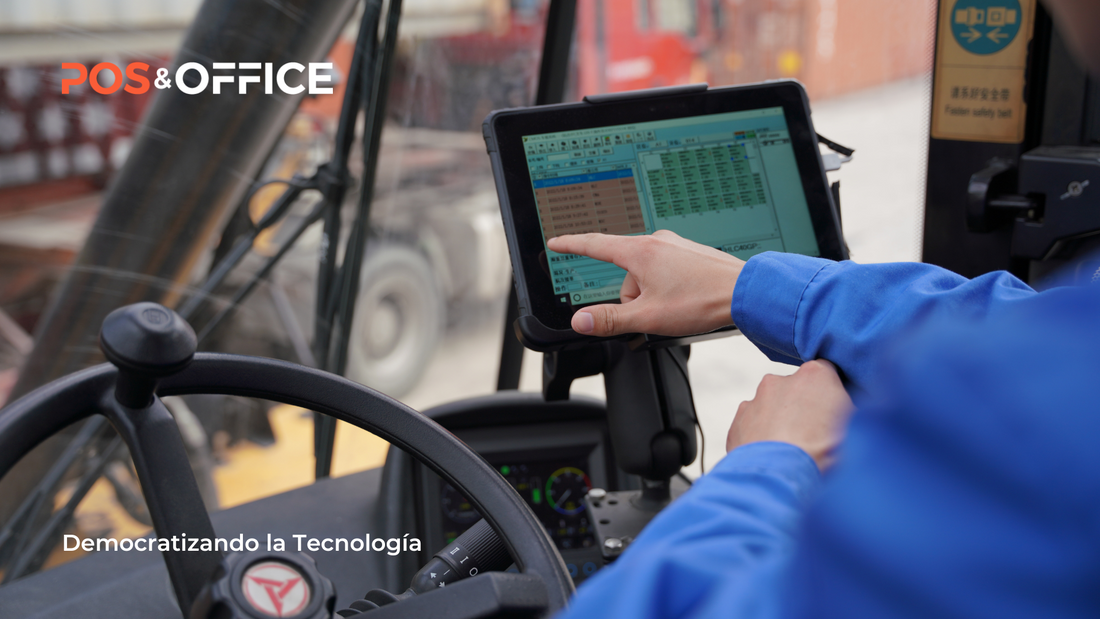Logistics is the set of activities that are carried out to plan, organize, direct and control the flow of materials, information and services from the origin to the final destination. Logistics aims to meet customer needs with maximum efficiency, quality and profitability.
Within logistics activities, distribution centers are facilities that are responsible for receiving, storing, preparing and shipping merchandise to end customers or to other points in the supply chain.
Distribution centers are key to efficient logistics, since they allow you to optimize costs, improve efficiency, reduce delivery time and improve customer service.
To achieve these objectives, distribution centers must have technologies that help them manage logistics processes in an agile, precise and safe way.
Some of these technologies are:
-
Robust tablets: they are mobile devices that have a high resistance to shocks, falls, dust, water and extreme temperatures. Rugged tablets are used to access information in real time, communicate with other operators or supervisors, capture data via camera or scanner, check inventory status or work orders, etc. Rugged tablets facilitate the mobility and productivity of workers in the distribution center.
-
Data collectors: these are portable devices that allow data to be captured using a keyboard, touch screen, scanner or voice. Data collectors are used to identify products using barcodes or RFID, verify their quantity and quality, record warehouse inputs and outputs, carry out inventories or audits, etc. Data collectors improve the accuracy and speed of logistics processes.
-
Label printers: they are devices that allow printing labels with relevant information about the products, such as the barcode, the batch, the expiration date, the weight, etc. Label printers are used to label products at the time of receipt or dispatch, facilitating their identification and traceability. Label printers can be stationary or portable, depending on the needs of the distribution center.
-
Wearable barcode scanners: These are devices that are worn on the hand, finger, or wrist that allow barcodes to be read hands-free. Wearable barcode scanners are used to streamline order fulfillment by allowing products to be scanned without dropping the boxes or pallets. Wearable barcode readers increase ergonomics and worker safety.
-
Handheld industrial barcode readers: they are devices capable of withstanding the most extreme conditions of water, dust and temperature, with great resistance to falls, which increases their durability and reliability. In logistics operations, they help process packages both inside and outside of warehouses, regardless of weather conditions. Industrial barcode readers reduce human error and operating costs.
These are some of the technologies used in distribution centers to improve their logistics performance. However, there are many others that also add value to this activity, such as Radio Frequency Identification (RFID), traceability through beacons, temperature monitoring and others.
The combination of these technologies with state-of-the-art software (such as WMS, TMS, ERP systems) specially designed to streamline logistics operations, results in increased productivity and reduced errors.
All these technologies have the common goal of facilitating electronic data interchange, information management, resource optimization, process integration, product traceability and customer satisfaction. For this reason, it is important that distribution centers keep up to date and take advantage of the advantages offered by new logistics technologies.

